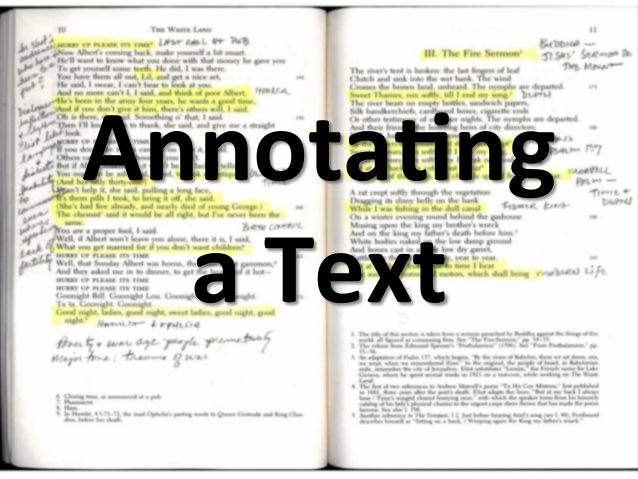Ever been stunned by how your smartphone seems to accurately predict what you have in mind as you type your text responses? Or, have you ever been in awe of how you got your questions answered or money refunded by a customer service associate who was not even a human after all?
Well, behind every such surprising incident, there are concepts in action like artificial intelligence, machine learning, and most importantly, NLP (Natural Language Processing). One of the biggest breakthroughs of our recent times is NLP, where machines are gradually evolving to understand how humans talk, emote, comprehend, respond, analyze and even mimic human conversations and sentiment-driven behaviors. This concept has been highly influential in the development of chatbots, text-to-speech tools, voice recognition, virtual assistants, and more.
If Alexa or Siri could come back with quirky responses to our bizarre questions, that’s because NLP and its allied technologies like artificial intelligence and machine learning have evolved to an extent that they could almost crack the Turing Test.
However, reaching here wasn’t easy, and going forward won’t be, too. To push the boundaries, we need to train machine learning modules with more and more volumes of data and this can happen only with proper data annotation techniques.
For the uninitiated, data annotation is the process of labeling data with descriptions or information to make it understandable by machines. As far as NLP is concerned, the data annotation technique we apply is called text annotation.
Let’s explore this a little more.
What Is Text Annotation?
Text annotation is identifying and labeling sentences with additional information or metadata to define the characteristics of sentences. This information could be highlighting parts of speech in a sentence, grammar syntaxes, keywords, phrases, emotions, sarcasm, sentiments and more depending on the scope of a project.
Machine learning modules are fed with such AI training data, where they learn diverse aspects of sentences, sentence formation, and more to understand human conversations better. As they learn with properly annotated data, they become better at mimicking human conversations (current virtual assistants). However, feed them with poorly annotated data and you will find them deliver irrelevant, dumb, or misleading responses.
That’s why text labeling should be done by experts, who meticulously tag every single aspect of a sentence to ensure nothing crucial for machines to understand and learn is overlooked. To achieve precision, experts deploy distinct text annotation techniques.
What are they? Let’s find out.
Text Annotation Techniques
Sentiment Annotation
Often, humans tend to be sarcastic in their responses. Especially on websites and reviews, we tend to share our bad experiences with a restaurant or a hotel through sarcasm and machines could easily misinterpret them as compliments. If every sarcastic comment is learned as a compliment by machines, this would completely skew the results. That’s why sentiment annotation becomes crucial.
This technique specifies the emotion or attitude behind a sentence (sarcasm in this case) and every sentence is labeled as neutral, positive, or negative.
Intent Annotation
This technique differentiates the intentions of users. When interacting with chatbots, different users respond with different intentions. Some request statements, others command responses for overcharges, a few confirm the debit of money, and more. These distinct types of desires are classified through appropriate labels in this technique.
Entity Annotation
This is the most important text annotation technique, which is used to identify, tag, and attribute multiple entities in a given text or sentence. We could break down entity annotation further into the following:
- Key phrase tagging – this involves locating and identifying keywords in a text.
- Named Entity Recognition – this involves annotating proper names such as names of people, places, countries, and more.
- Parts Of Speech Annotation – this involves identifying nouns, verbs, adjectives, punctuations, prepositions, and more in a sentence.
Text Classification
Otherwise known as document classification or text categorization, annotators read chunks of paragraphs or sentences and understand the sentiments, emotions, and intentions behind them. They then classify the text based on their comprehension into categories specified by their projects. It could be as simple as classifying a piece of the article under entertainment or sports or as complex as categorizing products in an eCommerce store.
Linguistic Annotation
Linguistic annotation involves a bit of everything we discussed so far but the only difference here is that the annotation process is done on language data. Because of this, this technique involves an additional type of annotation type called phonetics annotation, where intonations, natural pauses, stress, and more are tagged as well.
Wrapping Up
So, these were the different types of text annotation techniques. We believe you now have a better idea of how even simple applications of NLP perform so accurately on our smartphones. As projects become more complex, text data sourcing and labeling become equally complex as well. That’s why it is important to collaborate with data annotation experts to get the most precise AI training data for your modules.
About Author:

As Co-Founder and CEO of Shaip, Vatsal Ghiya has 20+ years of experience in healthcare software and services. Besides Shaip, he also co-founded ezDI – a one-of-a-kind cloud-based software solution company that provides a Natural Language Processing (NLP) engine and a comprehensive medical knowledge base with products such as ezCAC and ezCDI, which are computer-assisted coding and clinical documentation improvement products called. In addition, Vatsal co-founded Mediscribes, a company that provides medical transcription-based offerings in the healthcare domain.

